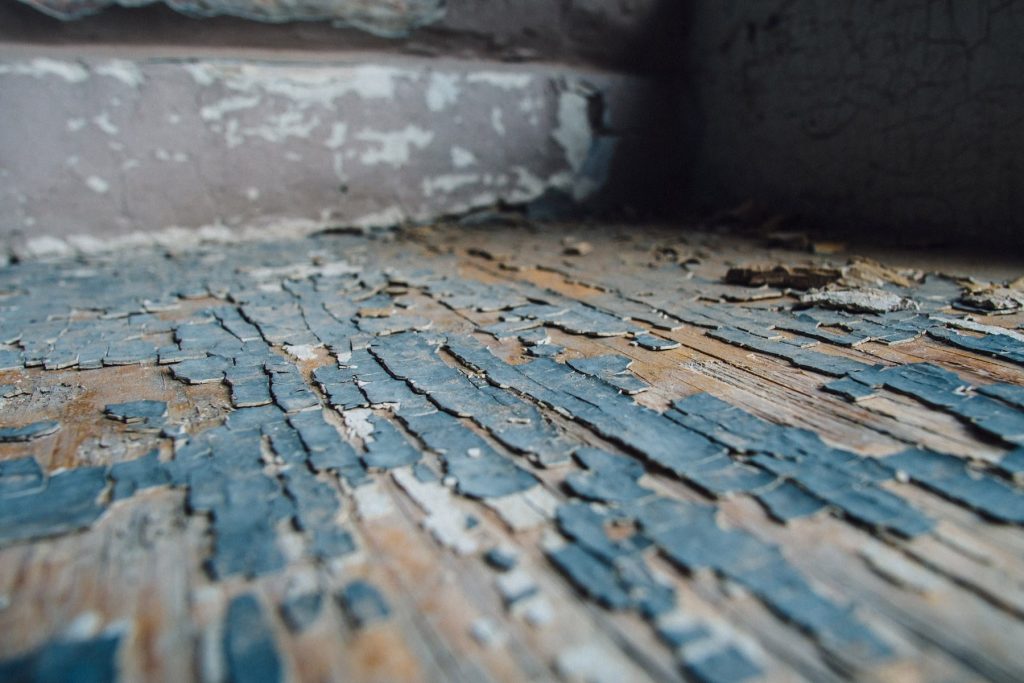The U.S. Environmental Protection Agency has issued another warning about the dangers of lead paint, saying that around 90% of homes built prior to 1940 probably affected by the problem. And it said that the majority of homes built before 1978 are probably at risk too, because it was only banned in that year.

It’s a serious health risk because even the smallest amounts of lead-laced dust can cause major problems. Lead, no matter if it’s ingested or inhaled, accumulates in the body and can have dire consequences for children and pregnant women especially. Symptoms include physical, behavioral and mental health impairment, due to the toxicity of lead.
Laws state that sellers of homes built before 1978 provide all known information about possible lead contamination in the building, In addition, buyers must also be given an opportunity to inspect the property before the sale goes ahead.
Markets where older homes are more common, such as Washington D.C., also insist that sellers disclose any orders from local authorities to mitigate lead hazards, The Washington Post reported.
“The rule of thumb that we propose in an older home: If the finishes look good, test for lead,” Erik Listou, industry instructor and co-founder of the Living In Place Institute, told the Post. “Because lead is what kept them intact. It is metal; it doesn’t degrade.”
Buyers of older homes should always use the services of an EPA-certified lead inspector to examine the building for any potential dangers. Inspectors can use X-ray-like tools to help them find hidden hazards.
"I have inspected houses built in 1900 that still have the original lead-based paint," John Burnside of Burnside Enterprises in Colorado, told the Post. "It might be under two or three layers of paint, but it is still there after 120 years."
The remediation of lead paint can involve total removal—which can cost anything from $3,000 to $10,000. Other solutions include sealing any chipping paint, or abatement practices like using a HEPA vacuum to mitigate dangers.